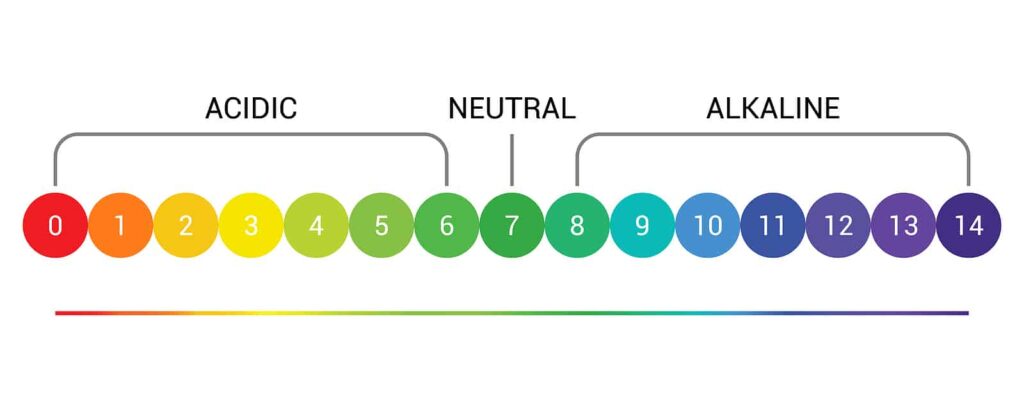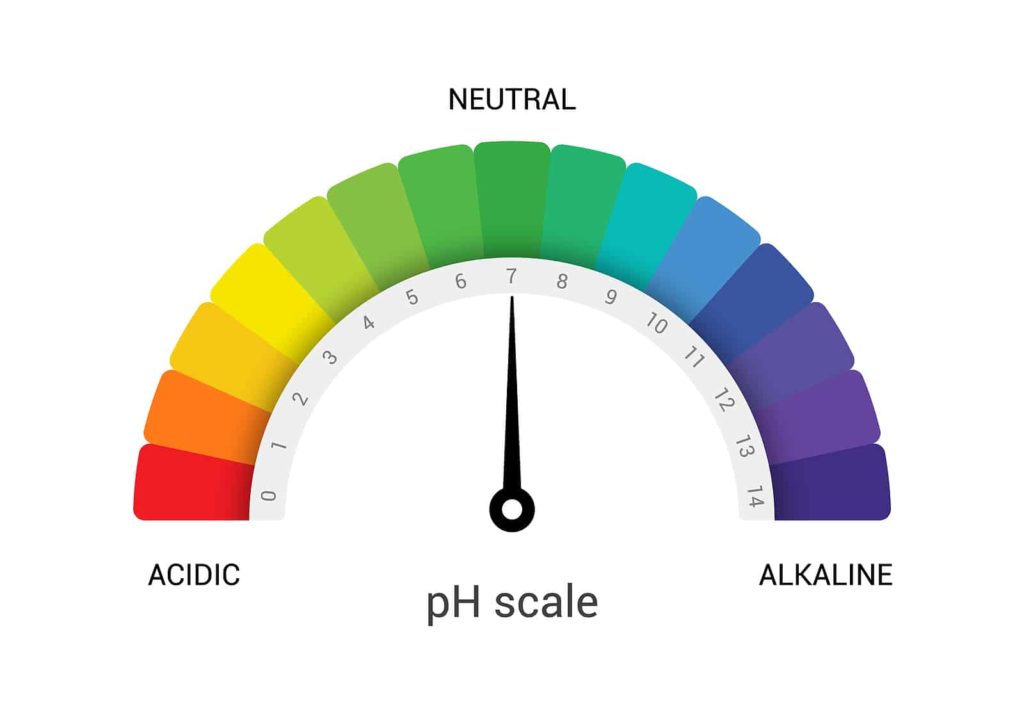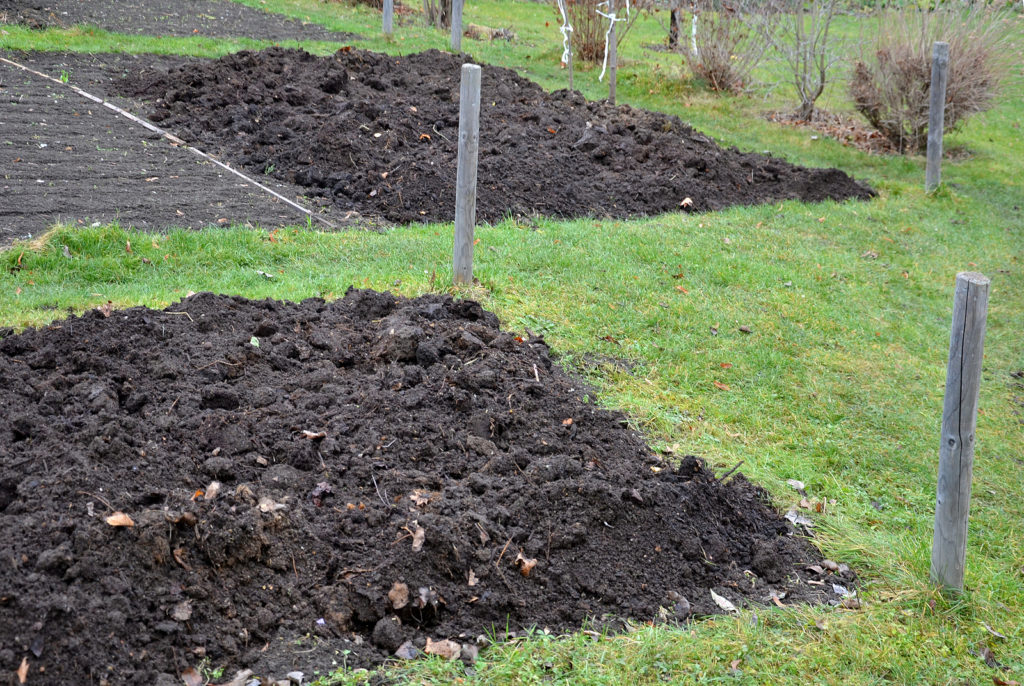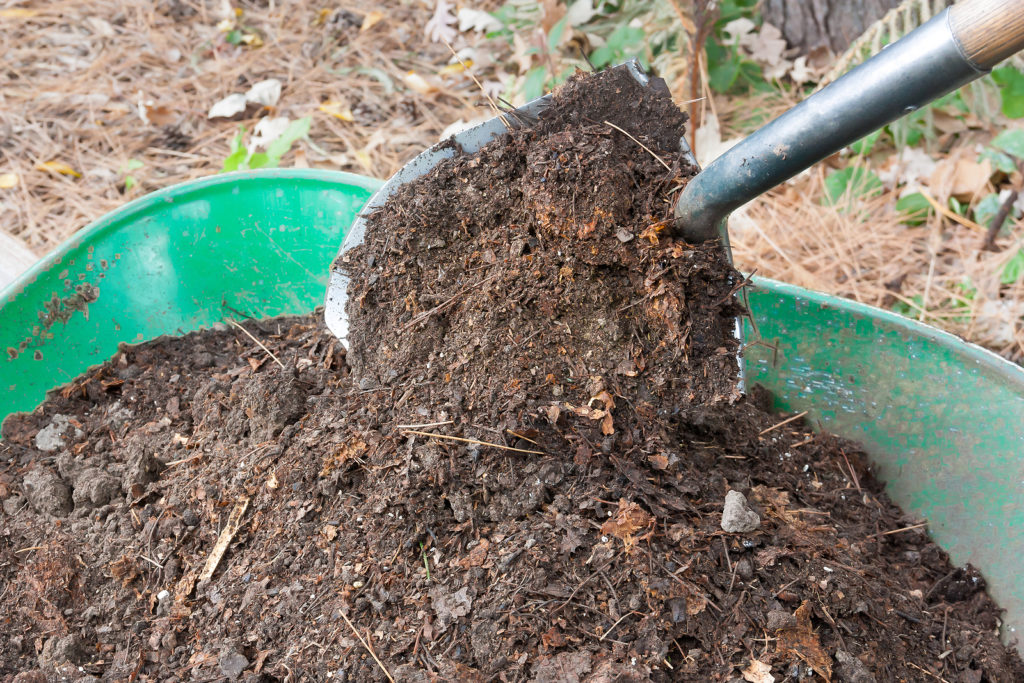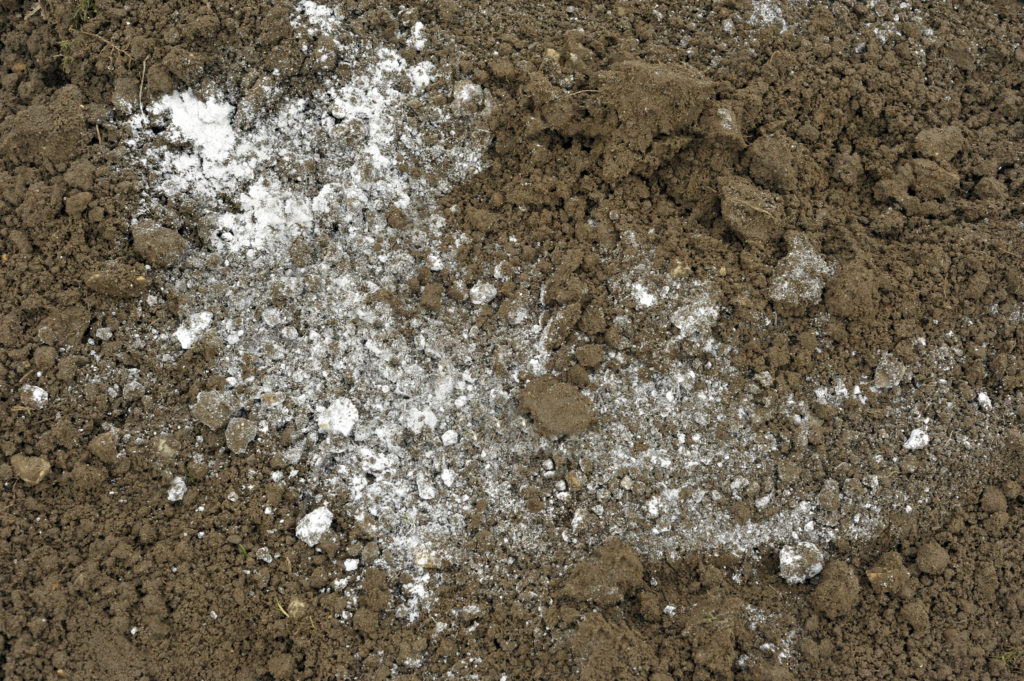Hey there! Have you ever wondered how your favorite retail stores always seem to have just the right amount of products in stock? Or how they always seem to know exactly what you’re going to buy next? Well, it’s not magic – it’s the power of predictive analytics.
In this article, we’re going to dive into the world of predictive analytics and how it’s revolutionizing demand forecasting in the retail industry. Specifically, we’ll take a closer look at Pacheco’s Predictive Analytics – a cutting-edge technology that is changing the game for retailers worldwide.
So, get ready to discover how Pacheco’s Predictive Analytics is helping retailers make accurate sales predictions, optimize inventory management, and improve supply chain efficiency. Let’s jump right in!
Understanding Demand Forecasting
Demand forecasting is a critical aspect of retail management that involves estimating and predicting the demand for products or services. It helps retailers make informed decisions about inventory management, production planning, and supply chain optimization. By accurately forecasting demand, retailers can stay ahead of the market and meet customer expectations effectively.
Importance of Demand Forecasting in Retail
Demand forecasting is essential for several reasons:
- Optimizing inventory: Accurate demand forecasts enable retailers to maintain optimal stock levels, preventing understocking or overstocking situations. This helps in reducing inventory carrying costs and minimizing the risk of stockouts or excess inventory.
- Improving supply chain efficiency: By having a clear understanding of expected demand, retailers can plan their supply chain operations more efficiently. This includes sourcing raw materials, production scheduling, and managing logistics.
- Enhancing customer satisfaction: Demand forecasting allows retailers to ensure an uninterrupted supply of products, improving customer satisfaction and loyalty. It helps in avoiding situations where customers face out-of-stock scenarios or delayed deliveries.
Challenges Faced in Traditional Forecasting Methods
Traditional demand forecasting methods rely on historical data, intuition, and manual calculations. While these methods are still prevalent, they often come with challenges, such as:
- Limited accuracy: Traditional methods are prone to errors due to the lack of advanced statistical models and data analysis techniques. They may not account for market trends, seasonality, or changes in consumer behavior.
- Time-consuming: Manual forecasting methods require a significant amount of time and effort, particularly when dealing with large volumes of data. This can delay decision-making processes and hinder agility.
- Inability to adapt to real-time changes: Traditional methods often lack the ability to adapt to real-time market fluctuations. They may not capture sudden changes in demand patterns or external factors that impact sales.
Introduction to Predictive Analytics
To overcome the limitations of traditional forecasting methods, predictive analytics has emerged as a game-changer in retail demand forecasting. Predictive analytics leverages advanced statistical models and machine learning algorithms to analyze vast amounts of data and generate accurate demand forecasts.
Predictive analytics offers several benefits that enable retailers to make more informed decisions and optimize their operations:
- Accurate Sales Predictions: By analyzing historical sales data, market trends, and other factors, predictive analytics can provide highly accurate sales predictions. Retailers can proactively adjust their production, inventory, and marketing strategies based on these forecasts.
- Optimized Inventory Management: Predictive analytics helps retailers maintain optimal inventory levels by factoring in demand patterns, lead times, and other variables. This minimizes stockouts, excess inventory, and associated costs.
- Improved Supply Chain Efficiency: With accurate demand forecasts, retailers can streamline their supply chain operations. This includes better procurement planning, production scheduling, and transportation logistics.
In the next section, we’ll explore the benefits of Pacheco’s Predictive Analytics, a groundbreaking solution that revolutionizes retail demand forecasting.
Benefits of Pacheco’s Predictive Analytics
Pacheco’s Predictive Analytics offers a wide range of benefits for retailers looking to revolutionize their demand forecasting strategies. By leveraging advanced data analysis and machine learning algorithms, Pacheco’s Predictive Analytics provides accurate sales predictions, optimized inventory management, and improved supply chain efficiency. Let’s explore these benefits in more detail:
Accurate Sales Predictions
One of the significant advantages of Pacheco’s Predictive Analytics is its ability to provide accurate sales predictions. By analyzing historical sales data, market trends, and external factors such as weather patterns, holidays, and promotions, Pacheco’s Predictive Analytics can forecast future sales with a high level of accuracy. This allows retailers to make informed decisions regarding inventory planning, ordering, and pricing, which ultimately leads to increased profitability and customer satisfaction.
Optimized Inventory Management
Effective inventory management is crucial for retailers to meet customer demand while minimizing costs. Pacheco’s Predictive Analytics helps retailers optimize inventory levels by accurately forecasting demand. By accurately predicting demand, retailers can reduce overstocking and stockouts, preventing unnecessary costs and lost sales opportunities. This results in better inventory turnover, improved cash flow, and increased profitability.
Improved Supply Chain Efficiency
Pacheco’s Predictive Analytics also enhances supply chain efficiency by providing real-time insights and demand forecasts to all stakeholders involved in the process. By sharing accurate and actionable information, retailers can collaborate more effectively with suppliers, manufacturers, and distributors. This improves overall supply chain visibility, reduces lead times, and enhances order fulfillment capabilities, resulting in faster and more reliable deliveries to customers.
The benefits of Pacheco’s Predictive Analytics are not limited to these three areas. Retailers implementing this advanced analytics solution will also experience improved demand planning, enhanced sales and marketing strategies, reduced waste, and better customer satisfaction.
“Pacheco’s Predictive Analytics offers a range of benefits, including accurate sales predictions, optimized inventory management, and improved supply chain efficiency.”
In the next section, we will dive deeper into the key features of Pacheco’s Predictive Analytics that enable these benefits.
Key Features of Pacheco’s Predictive Analytics
Pacheco’s Predictive Analytics offers a range of key features that sets it apart from traditional demand forecasting methods. These features are designed to help retailers accurately predict sales, optimize inventory management, and improve overall supply chain efficiency. Here are some of the key features of Pacheco’s Predictive Analytics:
Data Collection and Analysis
Pacheco’s Predictive Analytics leverages advanced data collection and analysis techniques to gather and process vast amounts of data. By integrating data from various sources such as point-of-sale systems, customer databases, and online platforms, Pacheco’s system provides retailers with a comprehensive understanding of their business operations. This includes information about sales trends, customer behavior, and market dynamics.
Machine Learning Algorithms
One of the standout features of Pacheco’s Predictive Analytics is its use of machine learning algorithms. These algorithms enable the system to learn from historical data patterns and make accurate predictions about future sales. By analyzing various factors such as seasonality, promotions, and consumer preferences, Pacheco’s system can accurately forecast demand at a granular level. This helps retailers make informed decisions about inventory planning and allocation.
Real-Time Updates
Pacheco’s Predictive Analytics provides real-time updates on sales forecasts and demand patterns. This allows retailers to have up-to-date information and make timely adjustments to their inventory and supply chain strategies. With real-time updates, retailers can respond quickly to changes in customer demand, market trends, and competitive landscape.
Easy-to-Use Interface
Pacheco’s Predictive Analytics is designed with a user-friendly interface that makes it easy for retailers to navigate and utilize the system effectively. The interface provides intuitive features, visualizations, and reports that enable retailers to gain insights quickly and make data-driven decisions. Whether you’re a seasoned data analyst or a less tech-savvy user, Pacheco’s system can cater to your needs.
Scalability and Integration
Pacheco’s Predictive Analytics is highly scalable and can handle large volumes of data. Whether you’re a small boutique or a multinational retail chain, the system can adapt to your business size and requirements. Additionally, Pacheco’s system can seamlessly integrate with your existing systems, such as CRM software, ERP systems, and inventory management tools. This ensures a smooth implementation process and minimizes disruptions to your existing operations.
Continuous Improvement
Pacheco’s Predictive Analytics is continually updated and improved through feedback and insights from its user base. The team behind Pacheco’s system is dedicated to staying ahead of industry trends and incorporating the latest advancements in predictive analytics technology. By using Pacheco’s system, you can benefit from ongoing enhancements and ensure that your demand forecasting capabilities are always at their best.
The key features offered by Pacheco’s Predictive Analytics make it a powerful tool for retailers looking to revolutionize their demand forecasting process. By providing accurate sales predictions, optimizing inventory management, and improving supply chain efficiency, Pacheco’s system helps retailers stay competitive in today’s fast-paced retail landscape.
Implementing Pacheco’s Predictive Analytics
Implementing Pacheco’s predictive analytics in your retail business can greatly enhance your demand forecasting capabilities and improve your overall operational efficiency. Here are some key steps to consider when implementing Pacheco’s predictive analytics:
Integration with Existing Systems
One of the first steps in implementing Pacheco’s predictive analytics is integrating it with your existing systems. This may involve working closely with your IT team or service provider to ensure a seamless integration. It’s important to ensure that the predictive analytics software can access your sales, inventory, and customer data in real-time.
Training and Onboarding
Once the integration is complete, it’s crucial to provide appropriate training and onboarding to your employees. This will help them understand how to effectively use the predictive analytics tool and leverage its insights to make informed decisions. Pacheco’s predictive analytics software typically comes with user-friendly interfaces and intuitive dashboards, making it easier for employees to get up to speed quickly.
Data Security and Privacy
When implementing any predictive analytics tool, data security and privacy should be a top priority. You need to ensure that your customer and business data is protected and that the software has the necessary security measures in place. Pacheco’s predictive analytics software prioritizes data security and complies with industry standards to safeguard your valuable information.
Continuous Monitoring and Optimization
Implementing Pacheco’s predictive analytics is not a one-time endeavor. It requires regular monitoring and optimization to ensure its effectiveness. Keep track of the accuracy of the sales predictions and evaluate the impact it has on your inventory management and supply chain efficiency. Make adjustments and fine-tune the parameters of the algorithms if necessary to achieve the best results.
Feedback and Collaboration
During the implementation process, it’s important to provide feedback to Pacheco’s team and collaborate with them closely. They can assist you in troubleshooting any issues, optimizing the software’s performance, and addressing any specific needs or requirements you may have. Actively engaging in this collaborative process will ensure that you get the most out of Pacheco’s predictive analytics.
By following these steps, you can successfully implement Pacheco’s predictive analytics and unlock its full potential in revolutionizing your retail demand forecasting. It’s important to note that the implementation process may vary depending on your specific business needs and requirements, so it’s recommended to work closely with Pacheco’s team throughout the process.
“Implementing Pacheco’s predictive analytics can be a game-changer for your retail business. With accurate sales predictions, optimized inventory management, and improved supply chain efficiency, you can stay ahead of the competition and meet customer demands effectively.”
Case Studies
In this section, we will explore two case studies of retailers who have embraced Pacheco’s Predictive Analytics and experienced significant improvements in their retail demand forecasting and overall business operations.
Retailer A – Boosting Sales with Pacheco’s Predictive Analytics
Retailer A, a large fashion retailer, was struggling with inaccurate demand forecasting, which often led to overstocking or understocking of inventory. This resulted in lost sales and increased carrying costs. In an effort to improve their forecasting accuracy and optimize their inventory management, they implemented Pacheco’s Predictive Analytics.
With the implementation of Pacheco’s Predictive Analytics, Retailer A was able to achieve the following:
- Accurate Sales Predictions: By analyzing historical sales data and leveraging advanced machine learning algorithms, Pacheco’s Predictive Analytics was able to accurately forecast the demand for different products, sizes, and colors. This allowed Retailer A to optimize their stock levels and minimize stockouts or excess inventory.
- Optimized Inventory Management: With accurate demand forecasts, Retailer A was able to fine-tune their inventory management. They could identify which products were in high demand and adjust their purchase orders accordingly. This led to reduced carrying costs and improved cash flow.
- Improved Supply Chain Efficiency: Pacheco’s Predictive Analytics provided real-time updates on demand patterns, enabling Retailer A to make more informed decisions regarding their supply chain. By aligning their production and procurement processes with the predicted demand, Retailer A was able to reduce lead times and improve overall supply chain efficiency.
As a result of implementing Pacheco’s Predictive Analytics, Retailer A experienced a significant boost in sales, reduced carrying costs, and improved customer satisfaction due to better product availability.
Retailer B – Streamlining Inventory Management
Retailer B, a small independent grocery store, faced challenges in managing their perishable inventory. They often encountered food waste due to expired products and struggled with maintaining appropriate stock levels. Seeking a solution, they decided to implement Pacheco’s Predictive Analytics.
With the adoption of Pacheco’s Predictive Analytics, Retailer B achieved the following outcomes:
- Accurate Sales Predictions: By analyzing historical sales data and incorporating external factors such as weather patterns and holidays, Pacheco’s Predictive Analytics provided Retailer B with accurate demand forecasts. This allowed them to stock the right quantity of perishable items, reducing waste and maximizing profitability.
- Optimized Inventory Management: With Pacheco’s Predictive Analytics, Retailer B could optimize their inventory levels by identifying the slow-moving items and adjusting their purchasing decisions accordingly. They could also identify the best time to order fresh produce to ensure maximum freshness and reduce spoilage.
- Improved Efficiency in Replenishment: Pacheco’s Predictive Analytics provided real-time updates on demand trends, enabling Retailer B to streamline their replenishment processes. They could prioritize orders based on predicted demand, ensuring the timely availability of products and reducing out-of-stock situations.
By implementing Pacheco’s Predictive Analytics, Retailer B was able to streamline their inventory management, minimize food waste, and improve overall operational efficiency. The increased accuracy in demand forecasting allowed them to meet customer demands more effectively and reduce costs.
These case studies demonstrate the tangible benefits that retailers can achieve by embracing Pacheco’s Predictive Analytics. From accurate sales predictions to optimized inventory management, this advanced solution revolutionizes retail demand forecasting and drives business success.
In the next section, we will delve into the future of retail demand forecasting and explore the advancements and trends that are shaping this exciting field.
Future of Retail Demand Forecasting
The future of retail demand forecasting looks promising, thanks to advancements in predictive analytics. As technology continues to evolve, retailers are finding innovative ways to accurately predict customer demand, optimize inventory management, and streamline their supply chain processes. In this section, we will explore the future of retail demand forecasting and the trends that are shaping the industry.
Advancements in Predictive Analytics
Predictive analytics is set to revolutionize the way retailers forecast demand. With the help of sophisticated machine learning algorithms, retailers can analyze vast amounts of data to gain insights into customer behavior, market trends, and other factors that influence demand. Here are some key advancements in predictive analytics that will shape the future of retail demand forecasting:
- Big Data Analytics: The increasing availability of data from various sources, such as social media, sensors, and customer transactions, enables retailers to have a comprehensive view of customer behavior. By analyzing this big data, retailers can identify patterns and trends that can inform their demand forecasting strategies.
- Artificial Intelligence and Machine Learning: AI and machine learning algorithms are becoming more sophisticated, allowing retailers to build accurate predictive models. These models can learn from historical data, adapt to evolving market conditions, and make predictions with a high degree of accuracy.
- Real-Time Updates: Traditional demand forecasting methods often relied on historical data, which may not be an accurate representation of current market dynamics. However, with real-time updates, retailers can incorporate up-to-date information into their forecasting models, improving the accuracy of their predictions.
Market Trends and Industry Adoption
The retail industry is increasingly recognizing the value of predictive analytics in demand forecasting. As a result, we are witnessing growing adoption and several market trends that are shaping the future of retail demand forecasting. Here are some key trends to watch out for:
- Demand Sensing: Demand sensing is a trend that allows retailers to respond quickly to changes in customer demand. By leveraging real-time data, retailers can adjust their inventory levels, pricing, and promotions to meet the changing demand patterns. This trend is particularly useful in volatile markets or during seasonal fluctuations.
- Demand Collaboration: Collaboration between retailers and suppliers is becoming more important in demand forecasting. By sharing data and insights, retailers and suppliers can work together to improve demand planning accuracy, optimize inventory levels, and reduce supply chain disruptions.
- Personalized Forecasting: As retailers collect more data on individual customers and their preferences, personalized forecasting will become more prevalent. By tailoring demand forecasts to individual customers, retailers can offer personalized promotions, recommendations, and a more personalized shopping experience.
- Integration with IoT: The Internet of Things (IoT) is enabling retailers to gather real-time data from connected devices and sensors. This data can provide valuable insights into customer behavior, inventory levels, and supply chain performance, allowing for more accurate demand forecasting.
Conclusion
In conclusion, Pacheco’s Predictive Analytics is revolutionizing the retail industry by providing accurate sales predictions, optimized inventory management, and improved supply chain efficiency. With the ability to collect and analyze data, utilize machine learning algorithms, and provide real-time updates, Pacheco’s Predictive Analytics is a game-changer for retailers looking to stay ahead of the competition.
By implementing Pacheco’s Predictive Analytics, retailers can make informed decisions about their inventory, ensuring they have the right products in stock at the right time. This not only helps to maximize sales but also minimizes the risk of overstock or out-of-stock situations. With better inventory management, retailers can reduce costs and improve their bottom line.
Furthermore, Pacheco’s Predictive Analytics enhances the efficiency of the supply chain by providing valuable insights into consumer demand. Retailers can use this information to optimize their procurement processes, streamline logistics, and improve overall operational efficiency. This not only leads to cost savings but also enables retailers to meet customer expectations by delivering products on time.
Implementing Pacheco’s Predictive Analytics is a process that involves integrating the system with existing retail systems, providing comprehensive training and onboarding for employees, and ensuring data security and privacy. Retailers can trust that their data is protected and handled with the utmost care.
The case studies of Retailer A and Retailer B demonstrate the success that retailers have had in boosting sales and streamlining inventory management by leveraging Pacheco’s Predictive Analytics. These success stories further validate the effectiveness of this innovative solution in the retail industry.
Looking ahead, the future of retail demand forecasting is promising. Advancements in predictive analytics technology will continue to enhance the accuracy and capabilities of demand forecasting solutions. Market trends indicate that more and more retailers are recognizing the value of predictive analytics and adopting it as a strategic tool to gain a competitive edge.
In conclusion, Pacheco’s Predictive Analytics is transforming the way retailers forecast demand, manage inventory, and optimize their supply chain. By harnessing the power of data and machine learning, retailers can make informed decisions, drive growth, and stay ahead of the competition in the dynamic retail landscape. Embracing Pacheco’s Predictive Analytics is the key to success in the future of retail demand forecasting.
Frequently Asked Questions
- What is predictive analytics and how does it relate to retail demand forecasting?
Predictive analytics is the use of historical data, statistical algorithms, and machine learning techniques to make predictions about future events. In the context of retail demand forecasting, predictive analytics helps retailers analyze past buying patterns, consumer behavior, and external factors to forecast future demand for their products.
- How can predictive analytics revolutionize retail demand forecasting?
Predictive analytics can revolutionize retail demand forecasting by providing more accurate and data-driven insights. It allows retailers to anticipate demand fluctuations, optimize inventory management, improve supply chain efficiency, and make informed decisions regarding pricing, promotions, and product assortments.
- What are the key benefits of using predictive analytics for retail demand forecasting?
The key benefits of using predictive analytics for retail demand forecasting include better inventory management, reduced stockouts and overstocks, improved customer satisfaction, increased sales and revenue, optimized pricing strategies, and enhanced operational efficiency.
- What types of data are used in predictive analytics for retail demand forecasting?
Predictive analytics for retail demand forecasting utilizes various types of data, including historical sales data, customer purchase history, market trends, social media data, demographic data, competitor data, and external factors like weather and economic indicators.
- Are there any challenges or limitations to using predictive analytics for retail demand forecasting?
Yes, there are some challenges and limitations to using predictive analytics for retail demand forecasting. These include data quality and availability issues, the need for skilled data analysts, complexity in analyzing and interpreting the results, and the dynamic nature of consumer behavior and market conditions.
